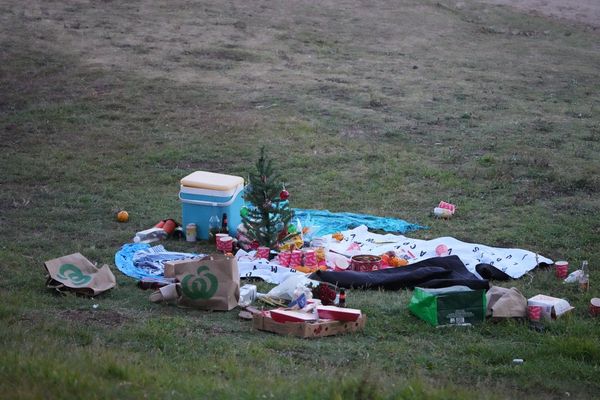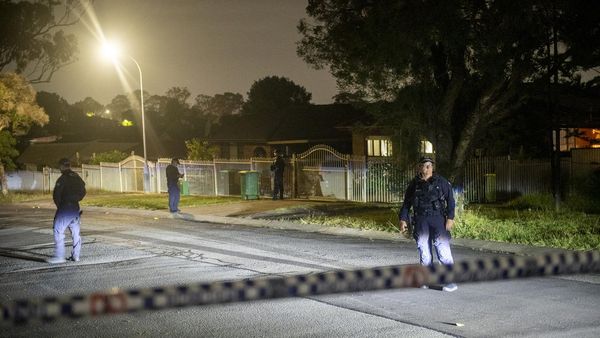
North-west Europe has been experiencing an unusually dry spring. Belgium, in particular, has had four times less rain than it would typically expect, according to data from the Uccle measuring station, stoking fears that this will be the driest spring in 130 years. This has triggered a warning for extreme drought.
The UK has also recorded only 80.6mm of rain, making it the driest spring in more than a century with only two weeks to go. England has been particularly affected and notched up the driest February to April period since 1956, with parts of northern England, including the often soggy city of Manchester, experiencing more than 20 days without a drop of rain.
Northern France is also on the brink of drought-like conditions amid concerns that this spring is shaping up to be even drier than in 1976. Unlike that record-breaking year, soils across the region are much wetter after severe rainfall in January, which is not the case for Belgium and the UK.
This lack of precipitation is caused by a high-pressure blocking pattern that has been over north-west Europe for a couple of months, suppressing rainfall and leading to arid and often warm, sunny conditions. This has had a significant impact on agriculture, and soils have become increasingly dry, as well as river transport, with water levels falling unusually low for the time of year.
It is expected to remain dry in this region for the next week or so, but low pressure is likely to move in from the west between late May and early June, which could bring some much-needed relief to many industries.
This week Austin and San Antonio in Texas shattered their daily temperature records, after soaring above 38C on Wednesday – about 8C above the May norm.
A potent mix of drought, high pressure and a searing dryline – the boundary between humid and dry air – has fuelled the heatwave, bringing hot, arid air from the south. Scorching temperatures are expected to persist into the weekend as high pressure continues to dominate.
Canada has been feeling the burn, too: Winnipeg and southern parts of Manitoba and Saskatchewan broke records dating to 1958, hitting 33.8C on Monday.







